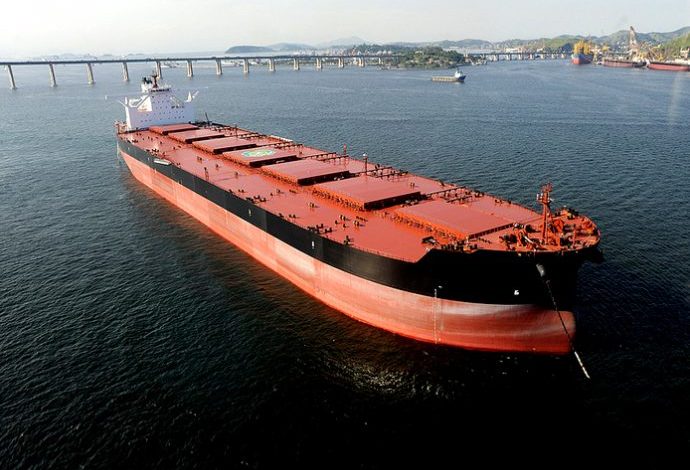2020 set to mark the return of the mini-cape

2020 is set to be a year for the revival of the mini-cape after a decade in the wilderness. In a dry bulk report from brokers Braemar ACM, it has come to light that this year will see the delivery of seven mini-capes, also known as baby capes, something the brokerage believes is a signal of a rebound in investors’ interest in this size.
“After the first wave of Mini-Capes were delivered around 2011, comprising of a mix of designs, many viewed the class as a ‘failed experiment’: Over the early 2010s some of these ships did not earn premiums over Post-Panamaxes in line with their increased cargo intake. The following years saw minimal levels of growth in this fleet,” Braemar ACM noted.
However, lately the design has gained popularity. Increases in stem sizes due to the prevalence of kamsarmaxes and post-panamaxes in the market have added to these ships’ trading opportunities.
The 135,000 dwt designs have also found favour with shippers who in the past employed first-generation 135,000 to 150,000 dwt capesizes, which have now left the fleet.
“The port restrictions and cargo size requirements of this business (for example East Coast US coal exports and Japanese power utility purchases) have positioned the Mini-Capes well to fill this vacuum,” Braemar ACM observed.

“Baby – Capes” may also suit for the increasing use of steel for recycling.
Dag Georg Johannessen
Maybe I should make myself more clear. “Mini – Capes” may be more attractive for freight of larger volumes of steel who goes to recycling. Could be changed “overnight” if the upward price of iron ore continues.
Dag Georg Johannessen